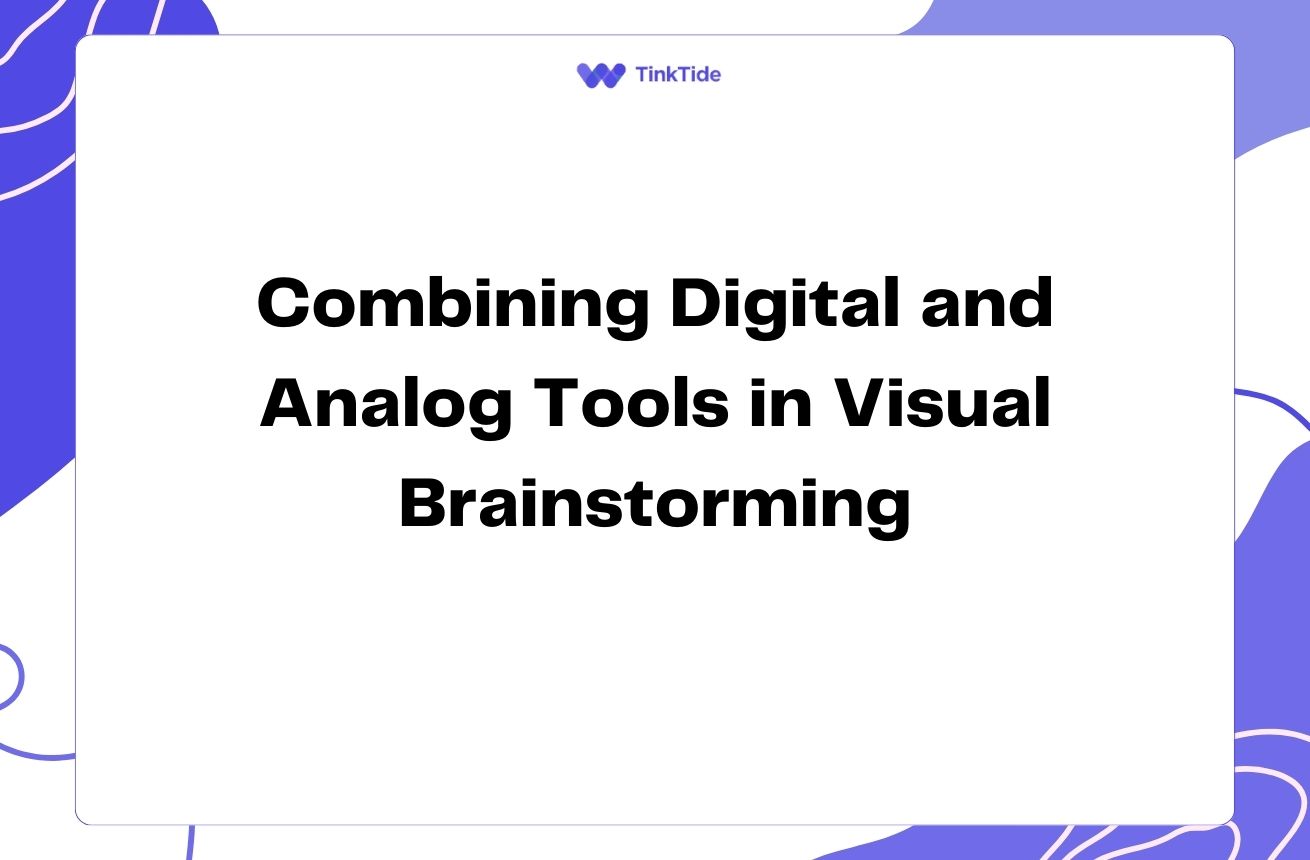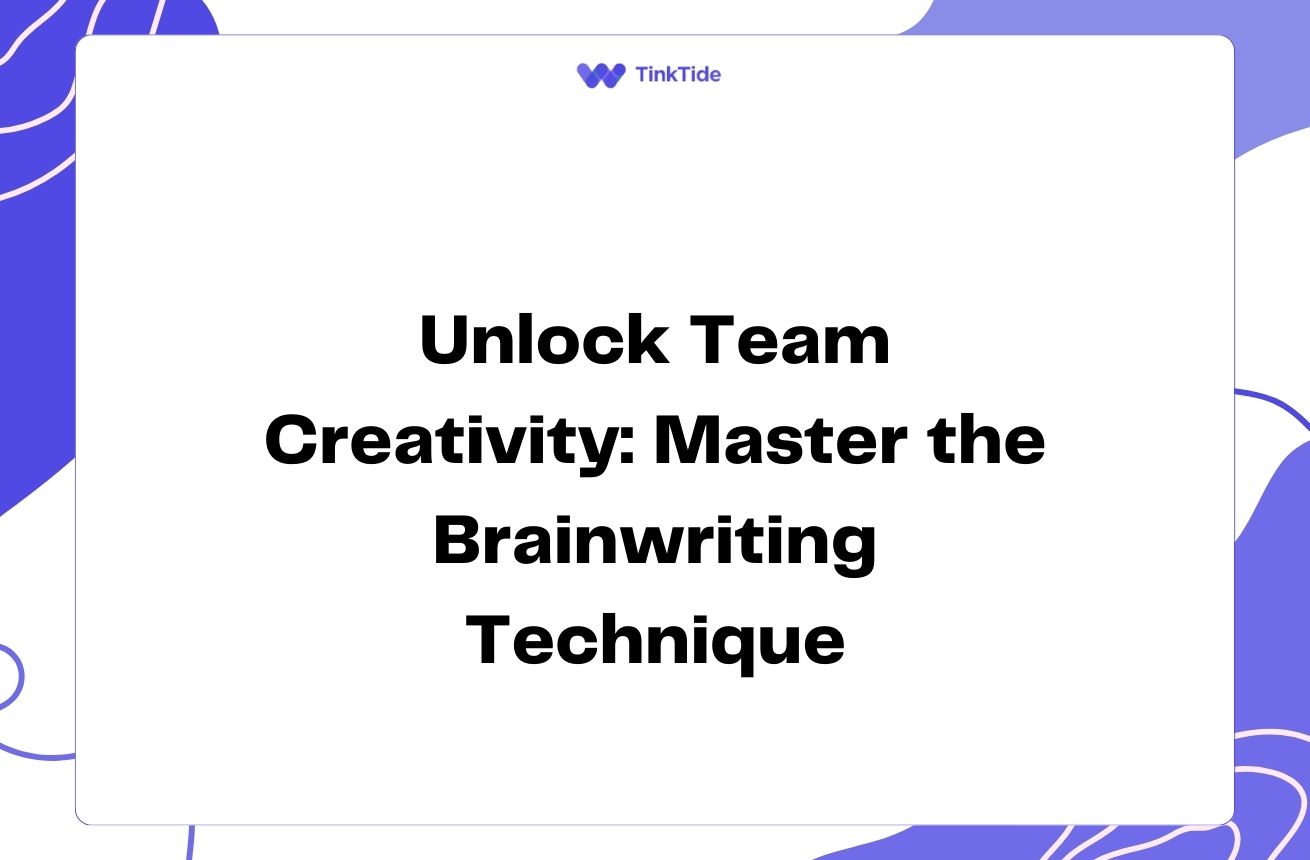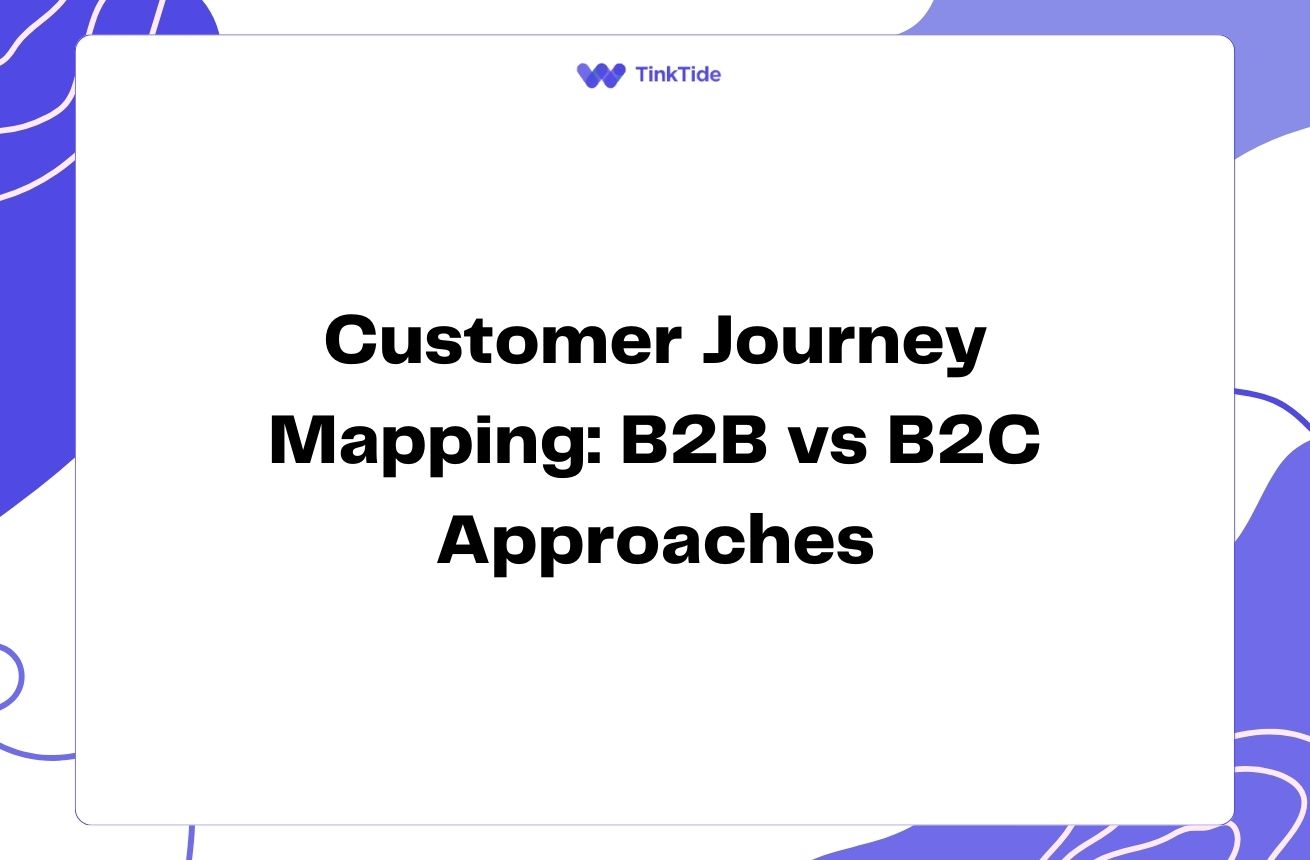Innovative Ideation in Health Tech: Transforming Healthcare
The Power of Ideation in Health Tech
In the rapidly evolving world of healthcare, innovative ideas are the lifeblood of progress. The health tech industry stands at the forefront of this revolution, constantly seeking new ways to improve patient care, streamline processes, and tackle global health challenges. Effective ideation techniques are crucial in driving this innovation, helping to generate groundbreaking solutions that can transform the healthcare landscape.
Ideation in health tech goes beyond simple brainstorming. It involves a structured approach to generating, developing, and communicating new ideas that have the potential to address complex healthcare issues. By leveraging various ideation techniques, health tech innovators can unlock creative solutions that may not be immediately apparent, leading to breakthroughs in areas such as digital health, medical devices, and healthcare delivery systems.
The impact of successful ideation in health tech can be profound. From AI-powered diagnostic tools to wearable devices that monitor vital signs, innovative ideas have the power to improve patient outcomes, reduce healthcare costs, and enhance the overall quality of care. As we delve into various ideation techniques, keep in mind that the goal is not just to generate ideas, but to create solutions that can make a real difference in people's lives.
Key Ideation Techniques for Health Tech Innovation
To drive innovation in health tech, it's essential to employ a variety of ideation techniques. Here are some powerful methods that can help generate groundbreaking healthcare solutions:
- Design Thinking
- SCAMPER Method
- Reverse Brainstorming
- Mind Mapping
- Biomimicry
Design Thinking: A Human-Centered Approach
Design thinking is a problem-solving approach that puts the user at the center of the innovation process. In health tech, this means focusing on the needs of patients, healthcare providers, and other stakeholders to create solutions that truly address their challenges.
The process typically involves five stages: empathize, define, ideate, prototype, and test. By starting with empathy, health tech innovators can gain deep insights into the experiences and pain points of their users. This understanding forms the foundation for generating ideas that are not only innovative but also practical and impactful.
For example, the development of telemedicine platforms has been greatly influenced by design thinking. By understanding the challenges faced by patients in accessing healthcare, especially in remote areas, innovators have created solutions that bring medical expertise directly to patients' homes, improving access to care and reducing the burden on healthcare systems.
SCAMPER: A Versatile Ideation Tool
SCAMPER is an acronym that stands for Substitute, Combine, Adapt, Modify, Put to another use, Eliminate, and Reverse. This technique encourages innovators to look at existing products or processes and consider how they can be improved or reimagined.
In health tech, SCAMPER can be particularly useful for enhancing existing medical devices or healthcare processes. For instance, by applying the 'Combine' principle, innovators might integrate wearable technology with traditional medical devices to create more comprehensive health monitoring solutions.
The 'Adapt' principle has led to innovations like smartphone-based diagnostic tools, which adapt the capabilities of everyday devices to perform medical functions, making healthcare more accessible and affordable.
Reverse Brainstorming: Flipping the Problem
Reverse brainstorming involves inverting the problem statement to generate new perspectives. Instead of asking, 'How can we improve patient outcomes?', you might ask, 'How can we make patient outcomes worse?' This counterintuitive approach can help identify overlooked issues and lead to innovative solutions.
In health tech, reverse brainstorming can be particularly effective in addressing complex challenges. For example, when tackling medication adherence, innovators might first list all the reasons why patients might not take their medications. This exercise can reveal insights that lead to solutions like smart pill bottles or medication reminder apps.
This technique can also be valuable in identifying potential risks or unintended consequences of new health technologies, helping to create more robust and safe solutions.
Mind Mapping: Visualizing Connections
Mind mapping is a visual ideation technique that helps to organize thoughts and explore connections between different ideas. In health tech, mind maps can be used to break down complex healthcare challenges and identify potential areas for innovation.
For instance, when exploring solutions for chronic disease management, a mind map might start with the central concept and branch out to include aspects like monitoring, medication, lifestyle factors, and patient education. This visual representation can help innovators identify unexpected connections and generate novel ideas.
Mind mapping has been instrumental in developing comprehensive digital health ecosystems, where various technologies and services need to work together seamlessly to provide holistic patient care.
Biomimicry: Learning from Nature
Biomimicry involves looking to nature for inspiration in solving human challenges. In health tech, this approach can lead to groundbreaking innovations by adapting natural processes or structures to medical applications.
For example, the design of prosthetic limbs has been greatly influenced by studying the biomechanics of animals. Similarly, nanomedicine often draws inspiration from natural processes at the cellular level to develop targeted drug delivery systems.
By encouraging health tech innovators to look beyond traditional medical paradigms, biomimicry can lead to solutions that are not only effective but also more sustainable and in harmony with natural systems.
Implementing Ideation Techniques in Health Tech
To effectively implement these ideation techniques in health tech innovation, consider the following steps:
- Step 1: Define the healthcare challenge clearly
- Step 2: Assemble a diverse team of experts and stakeholders
- Step 3: Choose the most appropriate ideation technique(s) for your challenge
- Step 4: Conduct ideation sessions in a supportive, judgment-free environment
- Step 5: Evaluate and prioritize ideas based on feasibility, impact, and innovation
Overcoming Barriers to Innovation in Health Tech
While ideation techniques can generate exciting ideas, implementing them in the health tech sector comes with unique challenges. Regulatory compliance, data privacy concerns, and the need for clinical validation can often slow down the innovation process.
To overcome these barriers, it's crucial to involve regulatory experts and healthcare professionals early in the ideation process. This ensures that innovative ideas are developed with compliance and clinical relevance in mind from the start.
Additionally, fostering a culture of innovation within healthcare organizations and tech companies is essential. This involves creating safe spaces for experimentation, encouraging cross-disciplinary collaboration, and providing resources for rapid prototyping and testing of new ideas.
Frequently Asked Questions
Here are some common questions about ideation in health tech innovation:
How can startups leverage ideation techniques in health tech?
Startups can use ideation techniques to identify unmet needs in the healthcare market, develop unique value propositions, and create innovative solutions that differentiate them from competitors. Techniques like design thinking can help startups understand their users deeply, while methods like SCAMPER can help them iterate on existing solutions to create something truly novel.
What role does AI play in health tech ideation?
AI can significantly enhance the ideation process in health tech. It can be used to analyze vast amounts of healthcare data to identify patterns and potential areas for innovation. AI can also assist in generating and evaluating ideas by providing data-driven insights and predictions. However, it's important to balance AI-driven ideation with human creativity and domain expertise.
How can healthcare providers contribute to the ideation process?
Healthcare providers play a crucial role in health tech ideation by providing firsthand insights into clinical needs and challenges. They can participate in ideation workshops, provide feedback on prototypes, and help validate the clinical relevance of new ideas. Their involvement ensures that innovations address real-world healthcare problems and are practical for implementation in clinical settings.
What are some common pitfalls to avoid in health tech ideation?
Common pitfalls include focusing too much on technology without considering user needs, overlooking regulatory requirements, and failing to consider the broader healthcare ecosystem. It's also important to avoid getting stuck on a single idea and to remain open to iteration and feedback throughout the innovation process.
How can ideation techniques be adapted for virtual or remote teams?
Virtual ideation sessions can be conducted using online collaboration tools that support visual thinking and real-time interaction. Digital whiteboards, video conferencing, and specialized ideation software can facilitate remote brainstorming and mind mapping. It's important to establish clear guidelines for virtual sessions and to use tools that allow for equal participation from all team members.
What metrics can be used to measure the success of ideation in health tech?
Success metrics for health tech ideation can include the number and quality of ideas generated, the diversity of perspectives incorporated, the speed of moving from idea to prototype, and ultimately, the impact of implemented solutions on patient outcomes and healthcare efficiency. Long-term metrics might also include patents filed, successful product launches, and improvements in key healthcare indicators.
Additional Resources
IDEO's Design Thinking for Health
A comprehensive guide to applying design thinking in healthcare innovation
WHO Digital Health Strategy
Overview of global digital health initiatives and strategies
Stanford Biodesign Innovation Process
A structured approach to medical technology innovation
Nature: Digital Health Revolution
In-depth article on the impact of digital technologies in healthcare
Health Tech Magazine
Latest news and trends in health technology innovation
Driving the Future of Healthcare Through Innovation
Ideation techniques are powerful tools for driving innovation in the health tech industry. By employing methods like design thinking, SCAMPER, reverse brainstorming, mind mapping, and biomimicry, innovators can generate groundbreaking ideas that have the potential to transform healthcare delivery and improve patient outcomes.
The key to successful ideation in health tech lies in combining these techniques with a deep understanding of healthcare challenges, regulatory requirements, and user needs. By fostering a culture of innovation and collaboration between technologists, healthcare providers, and patients, we can unlock the full potential of health tech to create a healthier, more efficient future.
As you embark on your health tech innovation journey, remember that the most impactful ideas often come from unexpected places. Embrace diverse perspectives, remain open to new possibilities, and never underestimate the power of a well-structured ideation process to spark the next big breakthrough in healthcare.
Ready to Innovate in Health Tech?
Start your journey towards creating groundbreaking healthcare solutions today.
Start Your Free Trial

